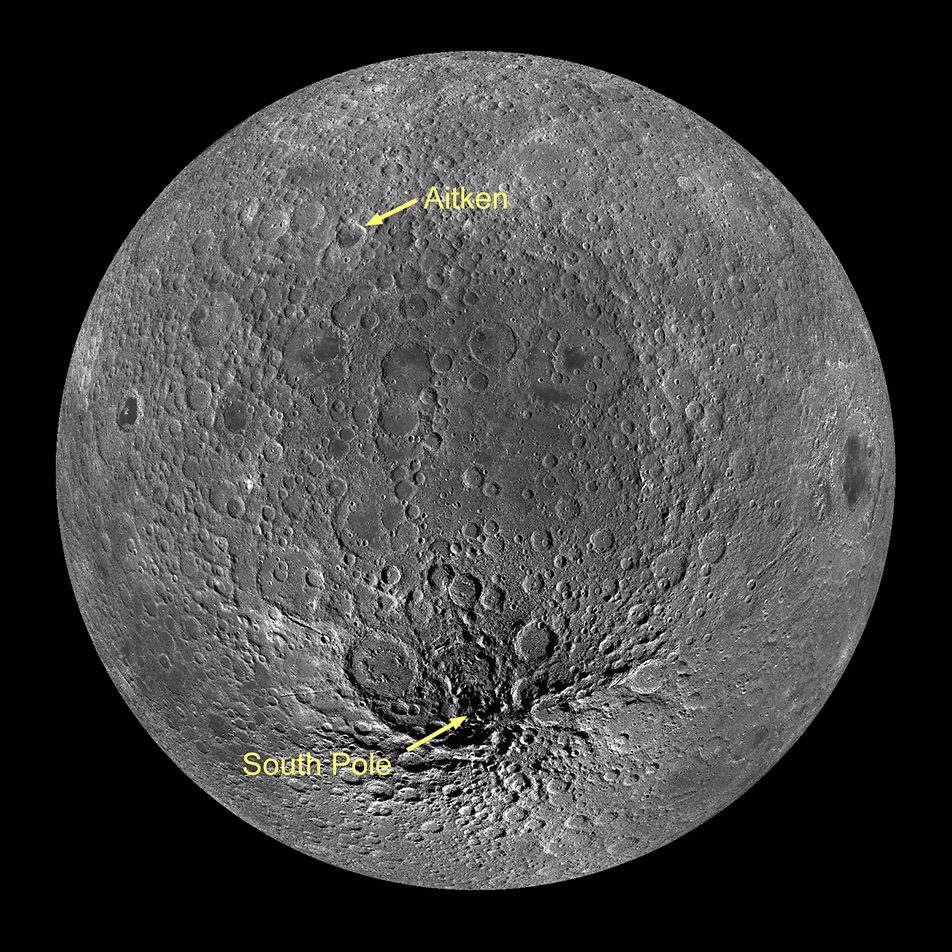🔍 Comparing the SPA and PKT Regions
A Tale of Two Ancient Lunar Terranes
Researchers have drawn a fascinating comparison between the SPA Basin and the Procellarum KREEP Terrane (PKT) — another region rich in KREEP materials on the Moon’s near side.
-
SPA Basin: Possibly formed earlier, showcasing a different mantle era
-
PKT Region: Sampled during Apollo and Chang’e 5 missions
While it was once believed the SPA impact may have caused the formation of the PKT, updated data suggests these regions evolved independently. This duality offers scientists a rare opportunity: comparing rocks from both locations could uncover the timeline of the Moon’s thermal evolution.
🚀 Artemis Astronauts and the Road Ahead
Why the 2026 Artemis Mission Could Be a Game-Changer for Lunar Science
NASA’s upcoming Artemis III mission is targeting a 2026 Moon landing. If successful, astronauts will explore the SPA Basin region, where they can collect rocks believed to be untouched mantle material.
These samples could:
✓ Provide a precise age for the final stages of the lunar magma ocean
✓ Reveal how Earth and Moon co-evolved after the giant impact
✓ Offer a direct comparison to PKT samples returned by previous missions
🔗 Chang’e 6 Moon Sample Return – CNSA News
While safety concerns remain, the scientific potential of these samples is undeniable.
“SPA will provide crucial clues about the magma ocean,” says planetary scientist Jeff Andrews-Hanna. “It is inextricably tied to the birth of Earth.”
❓FAQs About the South Pole–Aitken Basin & Artemis
Q: What makes the South Pole–Aitken Basin special?
A: It’s the largest and oldest impact crater on the Moon, potentially exposing deep lunar materials from 4.3 billion years ago.
Q: What is KREEP and why is it important?
A: KREEP stands for Potassium, Rare Earth Elements, and Phosphorus. These elements help scientists track magma ocean activity and mantle composition.
Q: Will Artemis astronauts land directly in the SPA Basin?
A: Not directly in the center, but nearby — allowing access to valuable SPA ejecta material.
Q: What can we learn by comparing SPA and PKT samples?
A: Their chemical differences can help reconstruct the Moon’s internal evolution and determine how long its magma ocean lasted.
Q: Has any material from the SPA been brought back yet?
A: Yes, China’s Chang’e 6 mission returned preliminary samples in 2024, but Artemis may provide more detailed and targeted collections.
💬 What Do You Think?
Could ancient lunar rocks reshape how we understand Earth’s formation? Are we on the verge of a planetary breakthrough?
Drop your thoughts in the comments — and share this with your fellow space enthusiasts!
Read our previous article: Why Do Camera Flashes Cause Red Eyes? Explained Simply
